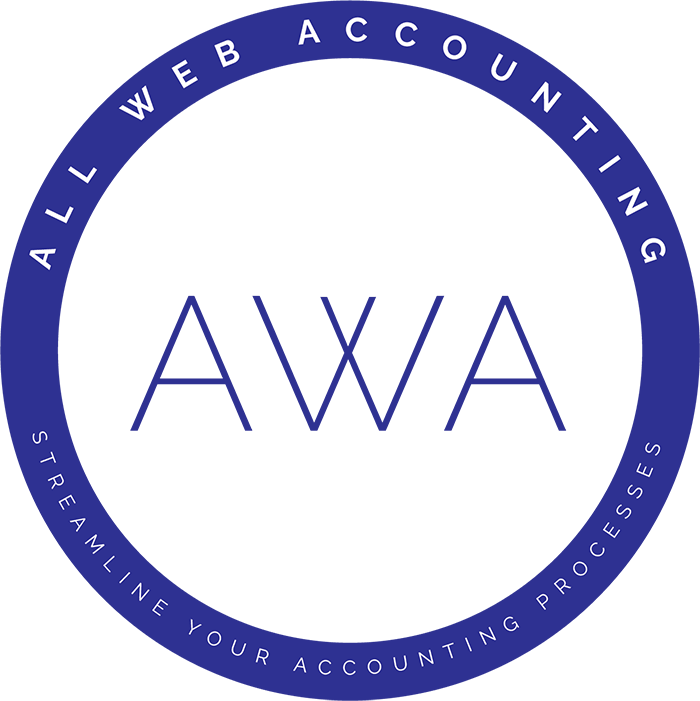How to Create a Simple Budget
Budgeting is a fundamental step toward achieving financial stability, whether for personal or business purposes. By taking the time to organize your income and expenses, you can set realistic goals, avoid unnecessary debt, and pave the way for long-term success. Here’s a step-by-step guide on how to create a simple budget for personal and business finances.
Why Budgeting Matters
A well-planned budget helps you understand where your money is going and ensures you’re allocating resources effectively. For businesses, budgeting can mean the difference between thriving and struggling. For personal finances, it can lead to achieving financial freedom.
Steps to Create a Simple Budget
1. Identify Your Income
Start by listing all sources of income. For personal finances, this includes your salary, side gigs, or passive income. For business finances, include revenue from sales, services, or investments. This step provides clarity on your financial baseline.
2. Track Your Expenses
Use an easy budget planner or a financial planning worksheet to track your expenses. Divide them into two categories:
- Fixed Expenses: Rent, loan payments, or subscription services.
- Variable Expenses: Groceries, utilities, and marketing costs.
For businesses, tracking expenses like employee wages, supplies, and operational costs is crucial.
3. Set Realistic Goals
Define clear financial goals for both personal and business finances. For instance, saving for a vacation or reinvesting in your business. These goals will guide your spending and saving habits.
4. Allocate Your Budget
Distribute your income across needs, wants, and savings. Many use the 50/30/20 rule:
- 50% for Needs: Essentials like housing and utilities.
- 30% for Wants: Leisure activities and non-essential purchases.
- 20% for Savings and Debt Repayment: Emergency funds, retirement accounts, or paying off loans.
For businesses, allocate funds toward operational costs, growth initiatives, and reserves for unforeseen circumstances.
5. Utilize Digital Tools
An online budget tool or app can simplify the process, providing automated tracking and insights. These tools are especially helpful for small business owners juggling multiple financial responsibilities.
6. Review and Adjust Regularly
A budget isn’t static. Regularly review your financial planning sheet to ensure you’re on track and make adjustments as needed.
The Benefits of a Combined Approach
Combining personal and business finances in your budgeting process gives you a holistic view of your overall financial health. It also prevents overlapping issues, such as using personal funds to cover business expenses or vice versa.
For example, a financial planning worksheet can help you separate and manage these two areas effectively. If you find managing both overwhelming, consider seeking advice from a business financial coach. These professionals provide tailored guidance to streamline your financial planning.
Tools to Simplify Budgeting
- Easy Budget Planner: These planners offer templates to simplify tracking and allocation.
- Online Budget Tools: Apps like Mint or YNAB (You Need A Budget) allows you to manage finances anytime, anywhere.
- Financial Planning Worksheets: Customizable spreadsheets are great for tracking both personal and business finances.
Final Thoughts
Learning how to create a simple budget for personal and business finances is a skill that pays dividends in the long run. By using tools like an easy budget planner or financial planning sheet, and seeking help from a business financial coach if needed, you can take control of your finances and achieve your goals.
Start today with these simple steps, and watch as effective budgeting brings you closer to financial stability and success
